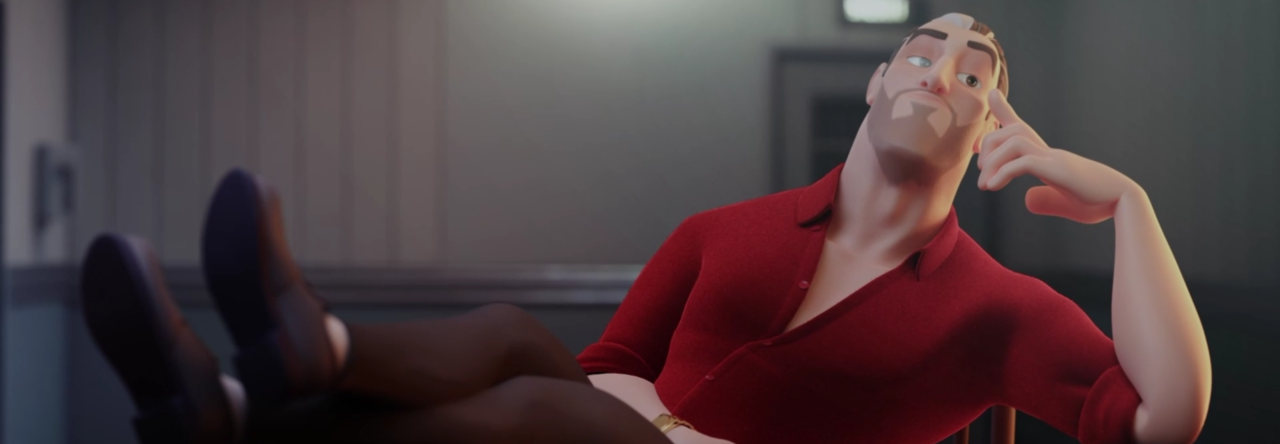We were excited to see that AnimSchool’s Malcolm was featured in 8 of the top 10 animations from June’s 11 Second Club Animation Competition (the other 2 of the top 10 were 2D animation entries).
AnimSchool founder, Dave Gallagher said: “Before there was such a thing as AnimSchool, I had a personal dream: I wanted to make very flexible, appealing, and expressive characters that people all over the world could use for free.”
Over 15,000 animators from all over the world have downloaded the Malcolm rig. We can’t wait to see what the animation community does with AnimSchool characters next!
Here’s what past 11 Second Club contestants have said about Malcolm:
Camille Campion, March 2013 winner
“The first important thing for me is the model, the design and appeal.
Malcolm looks good, his design is simple, but with potential- I like
that. The rig is very complete, the facial rig is superb and powerful.”
Aju Mohan, September 2012 winner
“I was blown away by its flexibility, and I knew instantly, that Malcolm was the one for my shot! “The Malcolm rig is fantastic for facial expressions, actually now when I
look at my shot again, I think I could have pushed the expressions a
bit more.”
Aulo Licinio, April 2012 runner up
“I looked at other animations and his flexibility looked amazing. I just kept imagining all the things I could do with it.”
Tim Kallok, March 2012 winner
“I would like to thank AnimSchool for making such an awesome rig
available for public use. I really love Malcolm’s design and his overall
flexibility. He can be pushed and pulled further than any other rig
that I have used. His facial setup is awesome; it’s really easy to get
appealing shapes and expressions. Because of the nature of the
competition’s dialogue, I didn’t get to utilize the rig to its full
potential, but for my shot, the IK elbow pinning and the IK/FK switching
came in very handy.”
Peter Nagy, January 2012 winner
“Malcolm is the best rig I have ever worked with! (And I’m not only
saying this because I won with Malcolm) Until now, I have always
thought that there are no bad rigs, just weak animators, but I have
found out, it is crucially important how much latitude a rig can
give to the animator. At first I got frightened by seeing the amount
of controllers, but with a little practice, it can easily be seen
which controller should be used to which action. It was a great help
that I could change body position by moving the hip or the abdomen,
and the shoulders kept their position at the same time. I loved that
I could handle the arms in arch and that I could stretch the
character. These are very important factors on a rig for a nice
cartoony animation.”
Will Sharkey, September 2011 winner
“The thing about the Malcolm rig is there
are also lots of additional controllers for specific situations (e.g.
elbow pins, hyper extend), things that aren’t essential, but really help
when animating. It took a few poses to work through the controllers
but Malcolm Rig is very light weight, so all that extra control isn’t
slowing the rig down. All these details really speed up animation and
makes things a lot more fun.”
Featured animation images from 11 Second Club June competition animators. In order from top to bottom: Muhammad Irfan Farooq, Ozan Basaldi, Sean Liu Jian Woei, Kiran Jay Babla, Muhammad Zohaib, Josiah Haworth, Linus Gan, and Kenta Lee.




























